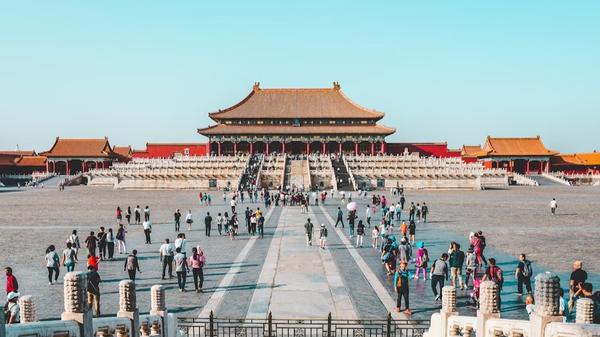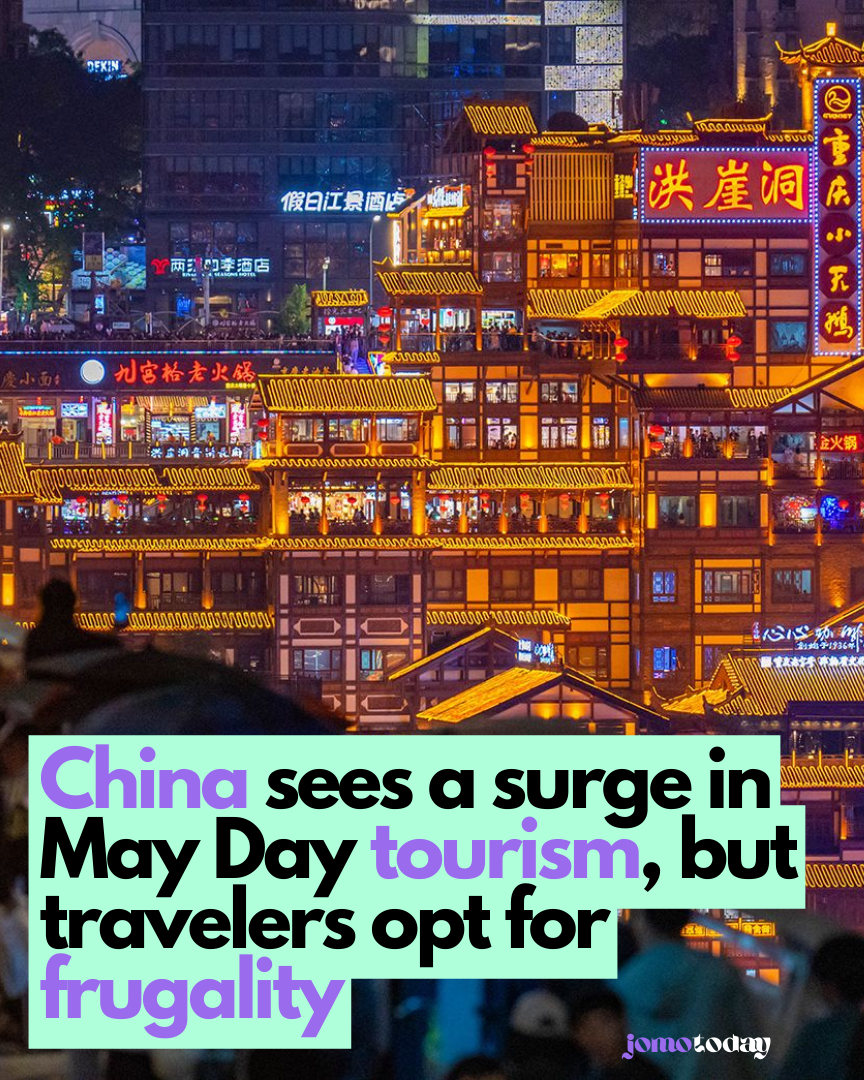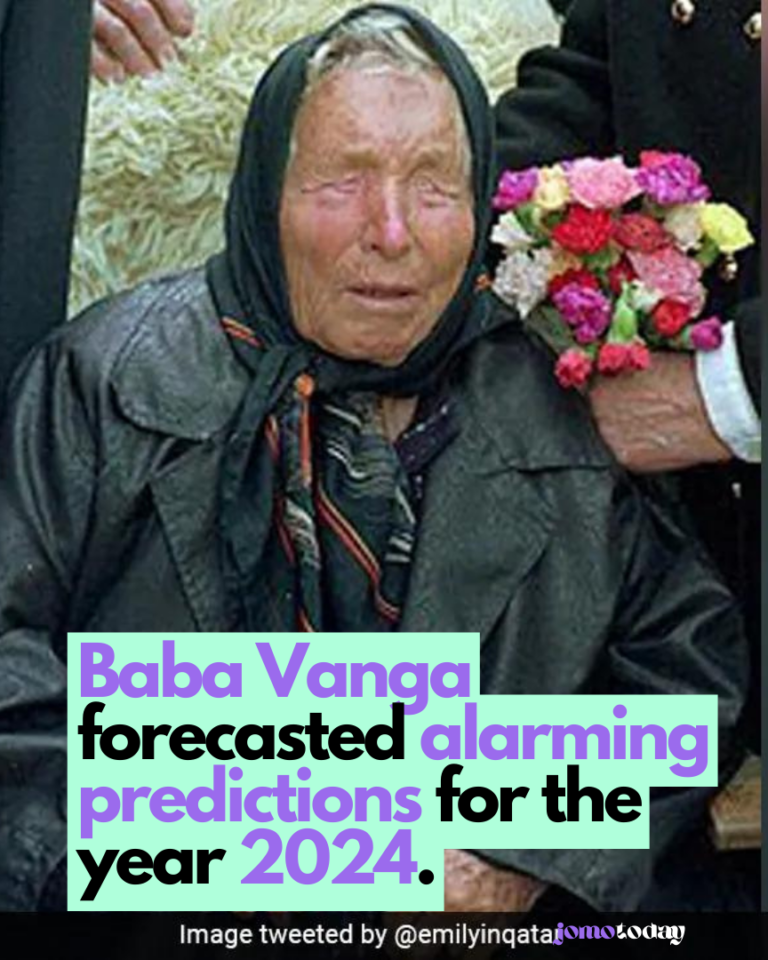China experienced a notable increase in tourism over the recent Labor Day holiday, yet there was a reduction in expenditure by travelers, indicating ongoing sluggishness in consumption within the world’s second-largest economy.

The Ministry of Culture and Tourism reported that during the recent five-day holiday, which concluded on Sunday, tourists collectively undertook 295 million trips within mainland China. This marked a 28% increase compared to the number of trips taken during the four-day Labor Day holiday period in 2019.
Subsequently, in 2020, the onset of the Covid-19 pandemic led to widespread travel restrictions in China and globally, significantly impacting travel activity.
Tourism revenue for this year’s Labor Day reached 166.89 billion yuan ($23.6 billion), marking a modest increase of 13.5% from the 2019 level. However, there was a noticeable decline in average spending per trip, with a 6% drop to 565.73 yuan ($80) compared to five years ago.
China’s box office experienced a familiar trend during the holiday period. While attendance reached 37.77 million, surpassing 2019’s figure of 35.09 million, ticket sales remained roughly on par with 2019, totaling 1.527 billion yuan ($215.7 million).
This stagnation in ticket sales reflects a broader trend of reduced consumer spending amidst economic challenges, including a significant downturn in the real estate sector, which comprises 70% of household wealth. Analysts from TD Securities noted the uncertainty in Chinese consumer sentiment, citing sluggish retail sales and a notable decline in the April services PMI.
Additionally, a recent private sector survey indicated a drop in the Caixin/S&P Global services PMI to 52.5 in April from 52.7 in the preceding month.
The services sub-index within the government’s official non-manufacturing PMI experienced a significant decline, falling to 50.3 in April from 52.4 in March, as per data released by the National Bureau of Statistics last week. This marks the lowest reading since January.
Retail sales growth decelerated to 3.1% in March from 5.5% in February. Consumer inflation saw a slight uptick of 0.1% in March compared to the previous year, down from 0.7% in February, which had been the first increase in six months.
Read More: US Restrictions on AI Chip Exports to China: What Does It Mean?
Disclaimer:
This content is AI-generated using IFTTT AI Content Creator. While we strive for accuracy, it’s a tool for rapid updates. We’re committed to filtering information, not reproducing or endorsing misinformation. – Jomotoday for more information visit privacy policy






Leave a Comment